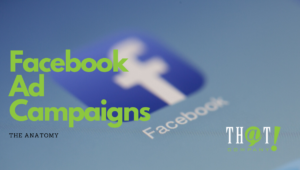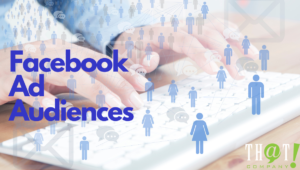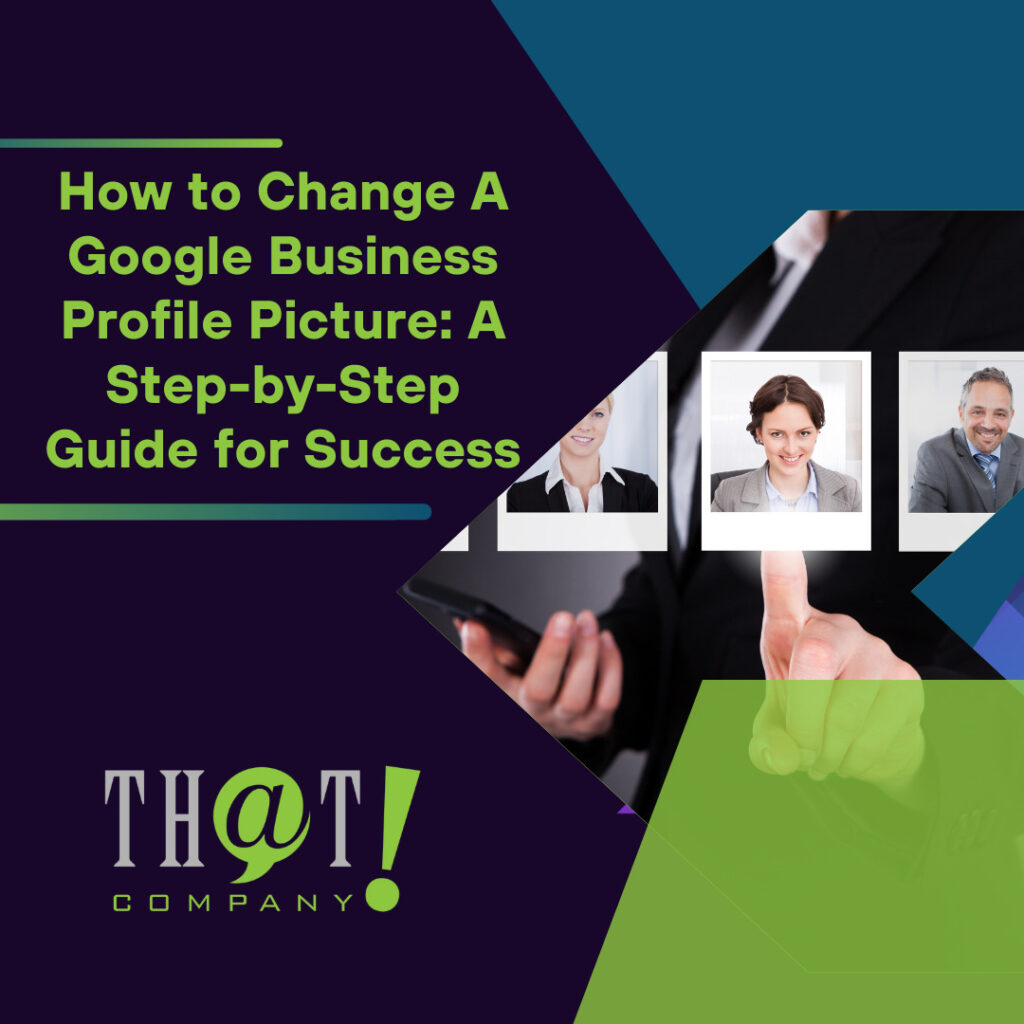 Facebook Ad Campaigns need to become a tool in your toolbox. As the worldwide web becomes more and more a part of people’s everyday habits and workflow, a company’s paid marketing options such as white label social media management have increased in many different areas beyond just Google Ads, Yahoo, or Bing. To not only keep pace with competitors but to expand your company’s options and overall bottom line, it would serve you well to start looking at things like Social Media Platforms. While many people may consider Facebook a Social Media platform only, in truth, it’s also a potent and effective platform for marketing and sales if you know how to do it.
Facebook Ad Campaigns need to become a tool in your toolbox. As the worldwide web becomes more and more a part of people’s everyday habits and workflow, a company’s paid marketing options such as white label social media management have increased in many different areas beyond just Google Ads, Yahoo, or Bing. To not only keep pace with competitors but to expand your company’s options and overall bottom line, it would serve you well to start looking at things like Social Media Platforms. While many people may consider Facebook a Social Media platform only, in truth, it’s also a potent and effective platform for marketing and sales if you know how to do it.
Two of the critical components to effectively apply marketing on social media platforms are who you target and how you get your message out to your potential customers. This is where understanding the anatomy of an ad campaign comes in. Below I’ll explain the basics of Facebook ad campaigns as well as share a little insight into how to create an effective one. This will definitely help you if you are trying to achieve your Facebook Blueprint Certification.
Let’s get started. From your Ads Manager, you’ll want to click the “create” button under the campaigns tab. This will direct you to your first choice, which is to set the campaign’s objective.
In order to create an effective campaign, you’ll need to understand why you’re making Facebook ad campaigns and their goal. There are three different marketing objectives to consider when creating your campaign.
- Awareness (top of funnel) – This is to introduce your brand/product to people and create an awareness of your brand/product so that they will remember you in the future if or when they decide to take action.
- Consideration (middle of funnel) – is for precisely what it says, to consider your brand/product by offering a high-value proposition.
- Conversion – (bottom of funnel) This campaign objective is designed to push the final sale. If done correctly, it will also assist in making a long-term customer.
Under the above marketing objectives, you’ll find several different options to further bullet down on your campaign’s intended goal. I won’t go into them here now but know that you can see the full definition of each objective by hovering over the objective itself and then click the information “i” that appears.
Awareness includes:
- Brand Awareness
- Reach
Consideration includes:
- Traffic
- Engagement
- App Installs
- Video News
- Lead Generation
- Messages
Conversion Includes:
- Conversions
- Catalog Sales
- Store Traffic
After selecting your campaign objective, you’ll see the options to input further information like Campaign Name, Budget, and the opportunity to run a split test. There are a few more options that can get overlooked if you don’t open the advanced options tab, so make sure to at least peek in to see if there is anything of interest to you. Next….
[popup_anything id=”13984″]
Facebook Ad Campaigns: Know Your Audience
 Next, you’ll be setting up the Facebook audience types that you want your ads to be served to.
Next, you’ll be setting up the Facebook audience types that you want your ads to be served to.
Audiences in Facebook are not only a powerful tool to have in your back pocket but critical to get right if you expect to run a successful Facebook ad campaign. How you go about creating an audience can range from selecting basic information like:
- Age
- Location
- Gender
- Language spoken
To Demographics, Interests, or Behavior options.
You can also create custom audiences from an email list. This is a good idea if your company has an existing database of potential or past customers. As you can see, a Facebook audience can range from very broad to very specific, depending on your campaign’s intent.
As you work with your audiences targeting you notice, the “Audience Size” will change on the right of the page. It will also give estimated daily results in reach and link clicks. This should help you understand just how big (or small) your targeting is. This will allow you to adjust accordingly based on things like budget or goals.
Facebook Ad Campaigns – Lookalike Audiences
The last Facebook ad campaign audience type I’d like to touch on is the Lookalike audience. Once you find an audience type that works for you. You’ll probably have the thought of how you can reach more of this grouping of likeminded people and grow your potential customer base. After all, if you’re pulling from an existing audience, they are likely your best customers. So building a group based on them only makes sense. A Lookalike audience does its Facebook magic and creates an audience that Facebook determines would most likely be interested in your product or service. It allows you to expand your company’s reach by marketing to them.
[bctt tweet=”After all, if you’re pulling from an existing audience, they are likely your best customers. So building a group based on them only makes sense.” username=”ThatCompanycom”]There is still a plethora of things to tell you about setting up your audience. I think I’ve given you enough to start creating a killer one with a little forethought and work. Don’t believe that this happens overnight. Just as a killer ad doesn’t just happen, and this can often take several attempts to craft into something you’ll be genuinely pleased with.
The Right Place at The Right Time
You’ve created your audience, and now you just need to determine how you’re going to attempt to reach them. Facebook also offers automatic placements. Honestly, I never use it as I have found that depending on what I’m trying to achieve and who I’m targeting, automatic placements are often far too broad. Automatic placements are usually a waste of money and time to get right. Because of this, I’ll always manually select my placements, which can be done by clicking the edit placements radial button.
Don’t Get Overwhelmed
 There’s a whole lot to go over here (which I’ll do in a future article), so, for now, I’ll say, “start with the basics and build up.” A few of the options like the Facebook News Feed and Instagram Feed are plenty to keep you busy until you’ve mastered the art of ad creation and how you’ll need to consider the optimal creative for each placement option before you’ll be happy with it. Facebook will alert you that by removing some options, you’ll potentially increase your cost per conversion. I would recommend you ignore this until you’ve dialed in a few of the base concepts.
There’s a whole lot to go over here (which I’ll do in a future article), so, for now, I’ll say, “start with the basics and build up.” A few of the options like the Facebook News Feed and Instagram Feed are plenty to keep you busy until you’ve mastered the art of ad creation and how you’ll need to consider the optimal creative for each placement option before you’ll be happy with it. Facebook will alert you that by removing some options, you’ll potentially increase your cost per conversion. I would recommend you ignore this until you’ve dialed in a few of the base concepts.
With all the options offered by Facebook in format, size, and creative display, I’ll admit it was a little overwhelming to get things just right when you focus too broad on placements. It took me a while and a lot of frustration before I correctly understood when and how to use each option. So again, start small here if only until you know the differences that you’ll see to your ads viewed in the different placement options.
More to Come About Facebook Ad Campaigns
Above we have gone over a few of the core concepts to create Facebook Campaigns. Please come back for the next blog where I will discuss the dissection of a Facebook ad. I’ll cover how and when to use your varied options in ad creation. In the meantime, you might want to read: How to structure Facebook Ads Campaign by my esteemed colleague Joeseph.
Authorship: Mikel R.





























